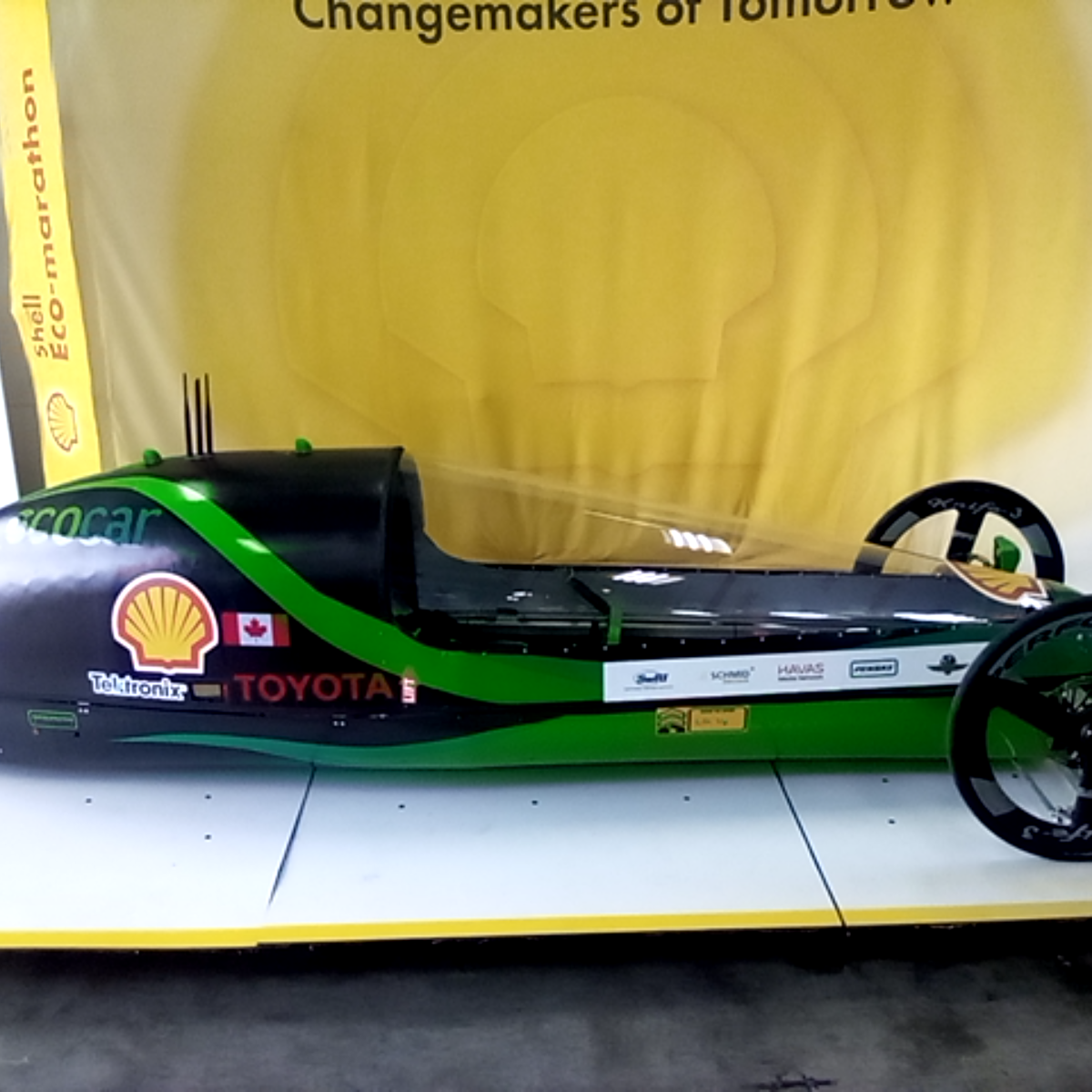CA0014001 University of Alberta EcoCar
University of Alberta

Results
Attempt 3
212.6
132.1
km/m3
mi/m3
BEST RESULT
1 2 3 4 5
Current Rank
1st / 2
1 212.7 km/m3 132.1 mi/m3
2 193.2 km/m3 120.0 mi/m3 -9.1%
Technical Inspections
Before they get on track, Prototype vehicles need to pass a series of 11 technical inspections. For some, the only goal is getting through this test. Many never even make it that far.
Complete
1. Inspection Queue Entry
2. Driver's Control
3. Vehicle Weight
4. Brakes
5. Vehicle Dimensions
6. Seat Belts, Roll bar & Exit
7. Visibility
8. Mechanical Vehicle Design
9. Electrical Vehicle Design
10. Energy Verification
11. Final Check
| Event | Vehicle category | Energy class | Rank | Result |
|---|---|---|---|---|
| Americas 2024 | Prototype | Hydrogen Fuel Cell | 1 | 322.7km/m3 200.52mi/m3 |
| Americas 2023 | Urban Concept | Hydrogen Fuel Cell | - | Did not pass technical inspection |